Personalized approach in brain protection by hypothermia: individual changes in non-pathological and ischemia-related glutamate transport in brain nerve terminals
- PMID: 27999623
- PMCID: PMC5157095
- DOI: 10.1186/s13167-016-0075-1
Personalized approach in brain protection by hypothermia: individual changes in non-pathological and ischemia-related glutamate transport in brain nerve terminals
Abstract
Background: Both deep and profound hypothermia are effectively applied in cardiac surgery of the aortic arch, when the reduction of cerebral circulation facilitates operations, and for the prevention of ischemic stroke consequences. Neurochemical discrimination of the effects of deep and profound hypothermia (27 and 17 °C, respectively) on non-pathological and pathological ischemia-related mechanisms of presynaptic glutamate transport with its potential contribution to predictive, preventive and personalized medicine (PPPM) was performed.
Methods: Experiments were conducted using nerve terminals isolated from rat cortex (synaptosomes). Glutamate transport in synaptosomes was analyzed using radiolabel l-[14C]glutamate. Diameter of synaptosomes was assessed by dynamic light scattering.
Results: Synaptosomal transporter-mediated uptake and tonic release of l-[14C]glutamate (oppositely directed processes, dynamic balance of which determines the physiological extracellular level of the neurotransmitter) decreased in a different range in deep/profound hypothermia. As a result, hypothermia-induced changes in extracellular l-[14C]glutamate are not evident (in one half of animals it increased, and in other it decreased). A progressive decrease from deep to profound hypothermia was shown for pathological mechanisms of presynaptic glutamate transport, that is, transporter-mediated l-[14C]glutamate release (*) stimulated by depolarization of the plasma membrane and (**) during dissipation of the proton gradient of synaptic vesicles by the protonophore FCCP.
Conclusions: Therefore, the direction of hypothermia-induced changes in extracellular glutamate is unpredictable in "healthy" nerve terminals and depends on hypothermia sensitivity of uptake vs. tonic release. In affected nerve terminals (e.g., in brain regions suffering from a reduction of blood circulation during cardiac surgery, and core and penumbra zones of the insult), pathological transporter-mediated glutamate release from nerve terminals decreases with progressive significance from deep to profound hypothermia, thereby underlying its potent neuroprotective action. So, alterations in extracellular glutamate during hypothermia can be unique for each patient. An extent of a decrease in pathological glutamate transporter reversal depends on the size of damaged brain zone in each incident. Therefore, test parameters and clinical criteria of neuromonitoring for the evaluation of individual hypothermia-induced effects should be developed and delivered in practice in PPPM.
Keywords: Brain nerve terminals; Deep and profound hypothermia; Glutamate; Glutamate transporter reversal; Individual hypothermia regime; Neuromonitoring; Permanent glutamate turnover; Uptake and tonic release.
Figures
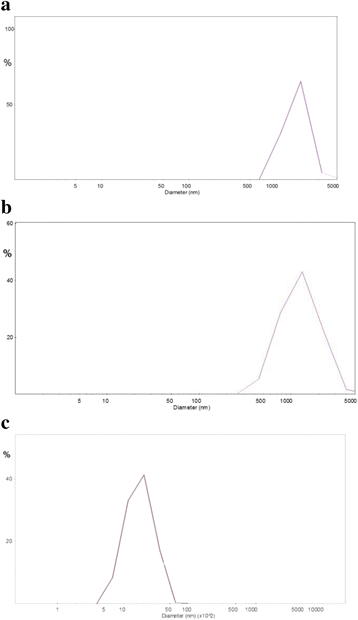
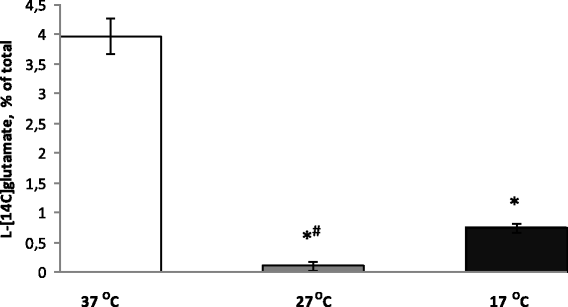
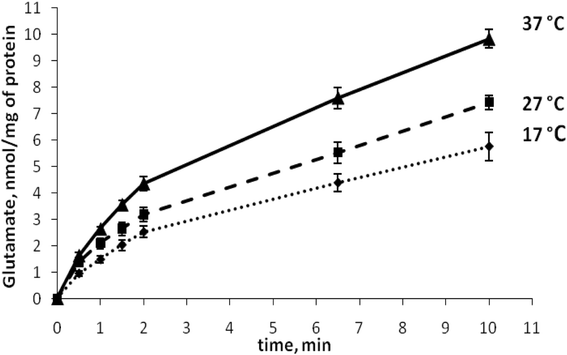
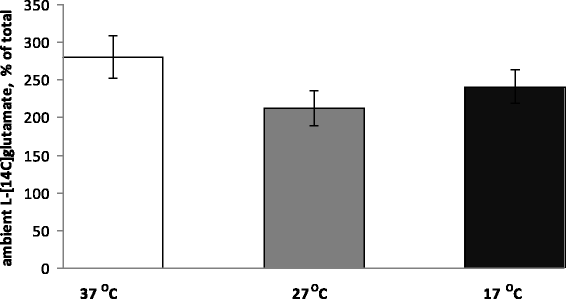


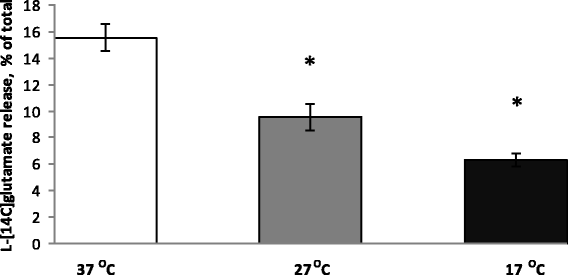

Similar articles
-
Combined Application of Glutamate Transporter Inhibitors and Hypothermia Discriminates Principal Constituent Processes Involved in Glutamate Homo- and Heteroexchange in Brain Nerve Terminals.Ther Hypothermia Temp Manag. 2018 Sep;8(3):143-149. doi: 10.1089/ther.2017.0047. Epub 2018 Feb 8. Ther Hypothermia Temp Manag. 2018. PMID: 29420129
-
Neuroprotection by lowering cholesterol: a decrease in membrane cholesterol content reduces transporter-mediated glutamate release from brain nerve terminals.Biochim Biophys Acta. 2012 Oct;1822(10):1553-61. doi: 10.1016/j.bbadis.2012.06.005. Epub 2012 Jun 17. Biochim Biophys Acta. 2012. PMID: 22713486
-
Dual benefit of combined neuroprotection: Cholesterol depletion restores membrane microviscosity but not lipid order and enhances neuroprotective action of hypothermia in rat cortex nerve terminals.Biochim Biophys Acta Biomembr. 2020 Sep 1;1862(9):183362. doi: 10.1016/j.bbamem.2020.183362. Epub 2020 May 21. Biochim Biophys Acta Biomembr. 2020. PMID: 32445746
-
Permanent dynamic transporter-mediated turnover of glutamate across the plasma membrane of presynaptic nerve terminals: arguments in favor and against.Rev Neurosci. 2016 Jan;27(1):71-81. doi: 10.1515/revneuro-2015-0023. Rev Neurosci. 2016. PMID: 26352200 Review.
-
Putative duality of presynaptic events.Rev Neurosci. 2016 Jun 1;27(4):377-83. doi: 10.1515/revneuro-2015-0044. Rev Neurosci. 2016. PMID: 26812863 Review.
Cited by
-
Predictive and individualized management of stroke-success story in Czech Republic.EPMA J. 2018 Oct 25;9(4):393-401. doi: 10.1007/s13167-018-0150-x. eCollection 2018 Dec. EPMA J. 2018. PMID: 30538791 Free PMC article. Review.
-
Temperature dependence of dielectric properties of blood at 10 Hz-100 MHz.Front Physiol. 2022 Oct 26;13:1053233. doi: 10.3389/fphys.2022.1053233. eCollection 2022. Front Physiol. 2022. PMID: 36388092 Free PMC article.
-
Efficacy of nanoceria for periodontal tissues alteration in glutamate-induced obese rats-multidisciplinary considerations for personalized dentistry and prevention.EPMA J. 2017 Mar 14;8(1):43-49. doi: 10.1007/s13167-017-0085-7. eCollection 2017 Mar. EPMA J. 2017. PMID: 28620442 Free PMC article.
-
Research Progress of the Application of Hypothermia in the Eye.Oxid Med Cell Longev. 2020 Dec 15;2020:3897168. doi: 10.1155/2020/3897168. eCollection 2020. Oxid Med Cell Longev. 2020. PMID: 33381263 Free PMC article. Review.
References
LinkOut - more resources
Full Text Sources
Other Literature Sources
Research Materials

